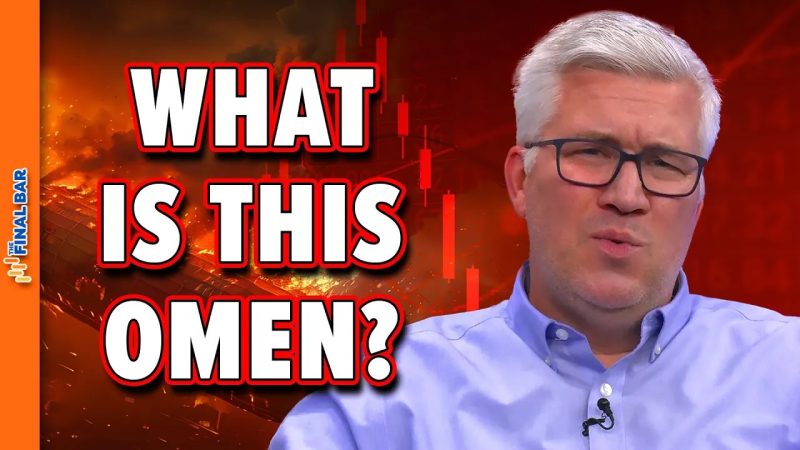The Hindenburg Omen: Myths, Realities, and Implications
Market indicators play a crucial role in guiding traders and investors in making informed decisions. One such technical indicator that has gained attention is the Hindenburg Omen. Considered by some as a predictor of stock market crashes, the Hindenburg Omen is a complex signal that has generated both curiosity and skepticism in the financial world.
Originating from the concept of airship disasters, the term Hindenburg Omen was coined by James Miekka, a mathematician, in the early 1990s. The indicator is based on a set of criteria that include new highs and new lows on the New York Stock Exchange, the 10-week moving average, and market breadth. When these conditions align, the Hindenburg Omen is said to be triggered, signifying a potential market downturn.
Despite its ominous name, the Hindenburg Omen is not without controversy. Critics argue that the indicator has a mixed track record and can produce false signals, leading to unnecessary panic and premature sell-offs. Proponents, on the other hand, claim that the Hindenburg Omen has successfully predicted past market downturns, citing instances such as the dot-com bubble burst and the 2008 financial crisis.
One key aspect of the Hindenburg Omen is its perceived notion of high market volatility and uncertainty. When the indicator is triggered, it is often interpreted as a warning sign of increased market instability and potential downside risk. Traders and investors may use this information to adjust their portfolios or consider risk-management strategies to navigate turbulent market conditions.
The duration of the effects of the Hindenburg Omen remains a point of contention among market observers. While some believe that the signal’s impact may be short-lived, others argue that the implications could extend over a longer period, influencing market sentiment and investor behavior.
In conclusion, the Hindenburg Omen continues to intrigue and divide the financial community. While some view it as a valuable tool for anticipating market downturns, others remain skeptical of its predictive reliability. As with any technical indicator, it is essential for traders and investors to exercise caution and consider a comprehensive range of factors when making investment decisions. Ultimately, the Hindenburg Omen serves as a reminder of the complex and unpredictable nature of financial markets.

